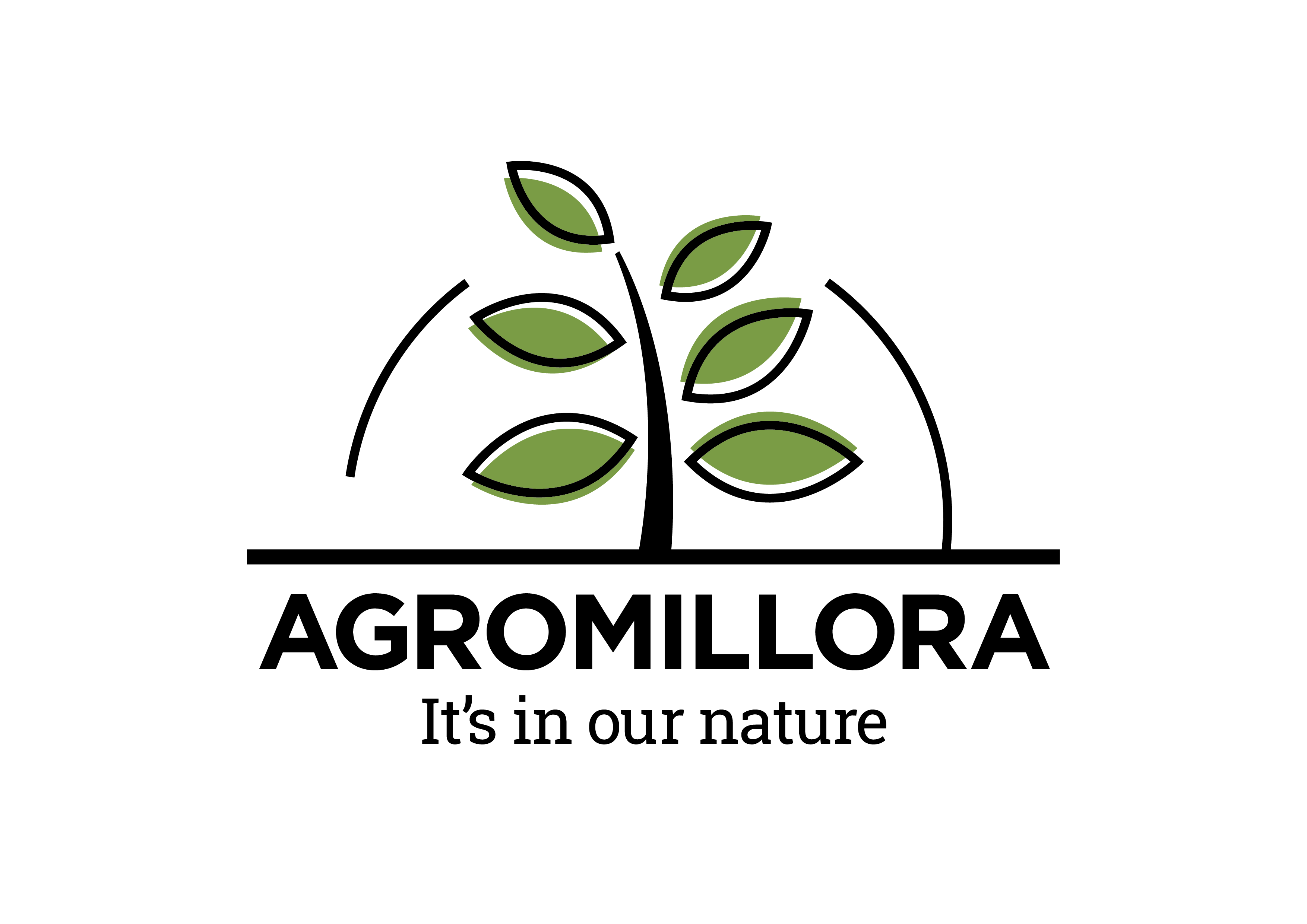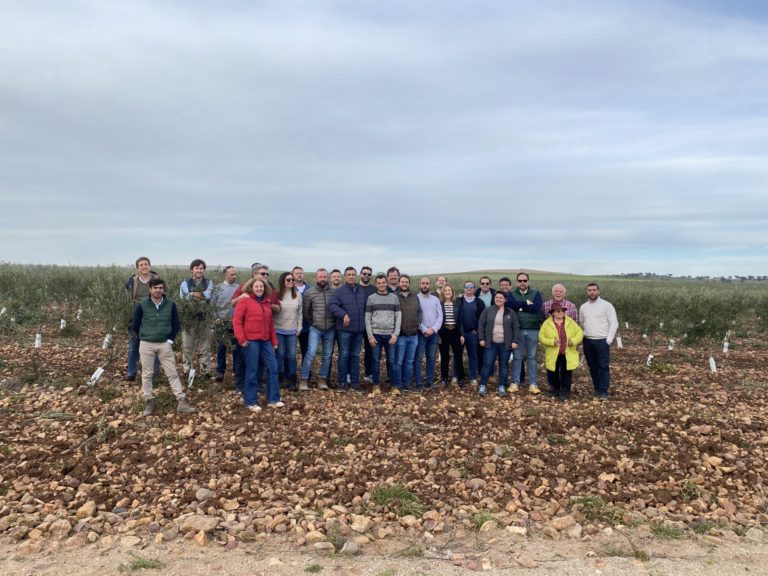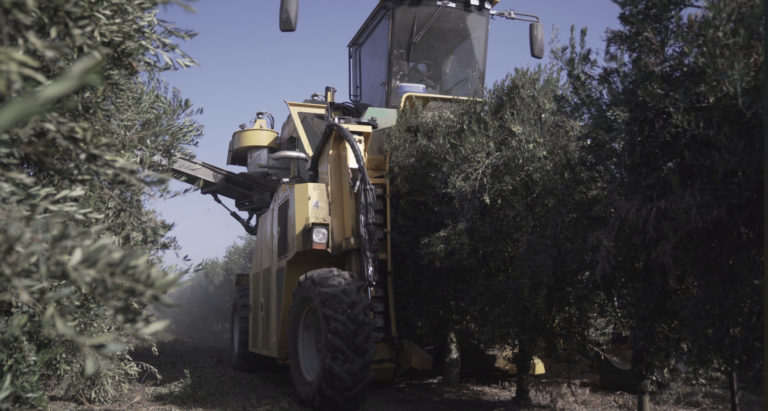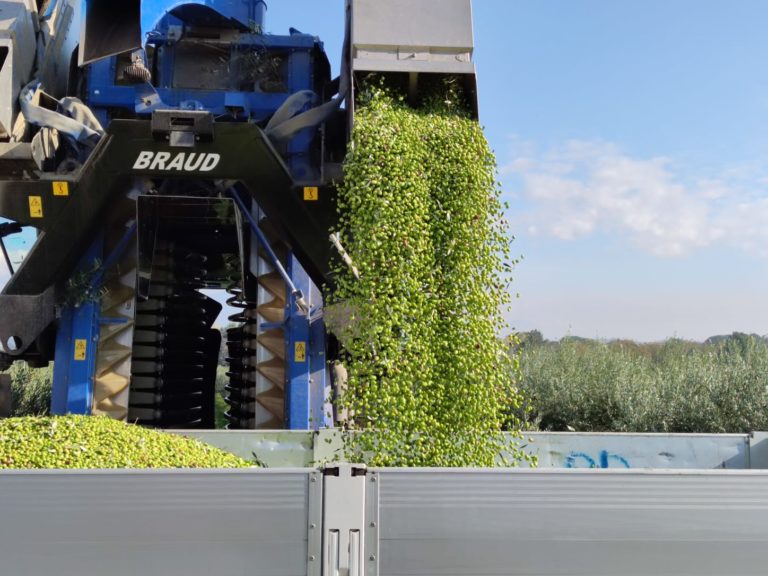Pistachio Varieties
California is blessed with a Mediterranean climate characterized by hot, dry summers, and cool, wet winters. It is a perfect environment for pistachio production and indeed production acreage is increasing by leaps and bounds. In 2016, 98,875 hectares were producing, and an additional 30,586 hectares were not yet producing. Average yield in California is 4200 kilograms per hectare.
Pistachios are dioecious, which means that trees are either male or female. The female plants produce the seeds, or nuts, but they require timely pollination from the male trees. Pistachios rely on wind for pollination, making it important for the flowering times to overlap.
The Kerman (female) variety has been the industry standard in California for over 50 years. Kerman pistachios have good flavor and an attractive green color to the kernel. The trees are good producers, but they do tend toward alternate bearing, producing a heavy crop one year and a light crop the following year. The traditional male variety is Peters.

The main constraint for the pistachio industry is that Kerman matures within a 3-week window in late September and October in California. This short window puts tremendous pressure on both producers and handlers. Labor and harvest equipment are in high demand during this period. Additionally, pistachios must have their husks removed within a short amount of time after harvest, preferably within 24 hours to avoid staining and degradation of the nut.

As the acreage of pistachio increases, additional varieties are needed to extend the harvest time for growers and for processors. There are currently only 9 main processing facilities in California, so it’s important to optimize their time and equipment. Processing equipment is very expensive, and it is currently only being used for a few weeks out of the year.
To address the growing industry, a breeding program was created at University of California in 1990 with the support of the California Pistachio Commission. The program is extensive with replicated trials at three main sites, representing different environmental conditions in California. In 2005, the first new cultivars were released.
New Female Varieties
Golden Hills:
Golden Hills has earlier bloom time and maturity compared with Kerman. It has shown excellent yield potential, and a higher percentage of split nuts. Pistachios are mostly sold as a snack food in retail outlets, so the split nuts are worth significantly more than the closed shell nuts. Closed shell nuts must be mechanically processed, and generally go to secondary markets such as processed food.
Golden Hills tends to grow upright, and requires less training than Kerman. It has short branches that require less pruning and it is important to not over-prune this variety.
According to its release article, Golden Hills flowers 1 to 2 weeks earlier than Kerman and possibly has a lower chill requirement. Harvest is 2 to 4 weeks earlier than Kerman, which also allows it to avoid the last flight of navel orangeworm, an important pest of pistachio in California. Most of the damage associated with navel orangeworm happens in the later part of the season, so it is hoped that the earlier harvest of Golden Hills will result in higher quality nuts.

Lost Hills:
Lost Hills is another new earlier maturing variety. It is a sister line to Golden Hills (has the same parentage as Golden Hills), and is also ready to harvest 1 to 2 weeks earlier than Kerman. It shows higher yields in the first 5 years of production with a high percentage of split nuts. The nuts are large and easy to open. It does have a high number of early split nuts, which can be more vulnerable to navel orangeworm infestation. Lost Hills appears to have less tendency to be alternate bearing, producing a more consistent yield year to year. Commercial orchards are still young, so more information about alternate bearing will be available in the years to come.
Gumdrop:
The Gumdrop variety is the earliest variety released thus far. Its maturity is 10 to 12 days earlier than Golden Hills and 24 days earlier than Kerman. Gumdrop has good yield potential and excellent quality characteristics. The name “Gumdrop” refers to the outermost husk being sticky or “gummy”. This does not appear to be a problem for processing, however.
The earlier harvest date of Gumdrop allows for greater accessibility to labor and to harvest equipment. It is of benefit to the industry to extend the processing window for pistachio.
Pollen Parents
Randy:
Both Lost Hills and Golden Hills use the pollen parent “Randy”. Randy is 10 to 15 days earlier to flower than the industry standard variety “Peters”. Randy also has a longer flowering period than Peters and its pollen is viable for a longer time. Randy is precocious, often flowering in the 3rd or 4th leaf. Randy either has less of a chill hour requirement, or is less sensitive to low chill. It is a reliable pollinator for Lost Hills and Golden Hills.

Famoso:
Famoso was released in 2016 as a suggested male for Kerman. A negative attribute to the industry standard, Peters, is that its bloom period is disrupted in years of low chill hours, so it sometimes will bloom after Kerman, resulting in a low nut set. Famoso has a more synchronous flowering period. It appears to be less sensitive to low-chill years than Peters, and may require less chill hours. It is precocious, producing flowers in the 4th season after budding.
Tejon:
Tejon is an early season pollinator. It blooms 6 to 10 days earlier than Randy, and it is the primary pollinator for the early Gumdrop variety. It may also be used with other female varieties to give additional early season pollen in years of low chill.
Zarand:
Zarand is not a UC cultivar, but it is a suggested male for the Gumdrop variety. In fact, current UC information advises to use 50% Tejon and 50% Zarand for Gumdrop to allow for an adequate pollination window.
Rootstocks
There are currently only two rootstock choices for California, Platinum rootstock from Pioneer Nursery and UCB-1.
In the past, two species of pistachio, P. terebinthus and P. atlantica, were used as rootstocks for many years for Kerman. The Kerman variety on its own roots is sensitive to nematodes and Phytophthora. Unfortunately, both Terebinthus and Atlantica turned out to be sensitive to the soil borne disease Verticillium Wilt. The California Pistachio industry almost came to an untimely demise in the 1970s when entire orchards started dying of this disease.
In the late 70’s, P. integerrima was found to be resistant to Verticillium Wilt. In 1980, Pioneer Nursery patented Integerrima as Pioneer Gold 1, and it became the industry standard for many years. Integerrima is vigorous and has a high grafting success rate. It has good tolerance to salinity, but is not very cold tolerant.
UCB-1:
UCB-1 is a cross of Integerrima and Atlantica that is produced at Foundation Plant Services at UC Davis. Their program utilizes particular parent plants, and controls the crosses, so the progeny are fairly uniform. Orchards planted with this rootstock are more uniform, with less variability from tree to tree. UCB-1 was originally created at UC Berkeley in the plant pathology department in 1960 specifically for resistance to Verticillium Wilt. UCB-1 also has increased cold tolerance when compared to PG1. Trees on UCB-1 show greater yield are more adaptable to microclimates than PG1.
Pioneer Gold II rootstock utilizes the same parent species, but it is produced by open pollination. This rootstock was found to be sensitive to Verticillium Wilt and is no longer being produced.
Platinum:
The Platinum rootstock results from the reciprocal cross of the same parents as UCB-1. Atlantica is the female, and Intergerrima is the pollen donor. Platinum shows many of the good characteristics of UCB-1. It is resistant to Verticillium Wilt, has high yields, and is adaptable to many microclimates. Additionally, according to Craig Kallsen at UC Cooperative Extension, the new variety Golden Hills shows more uniformity with this rootstock compared with UCB-1.




